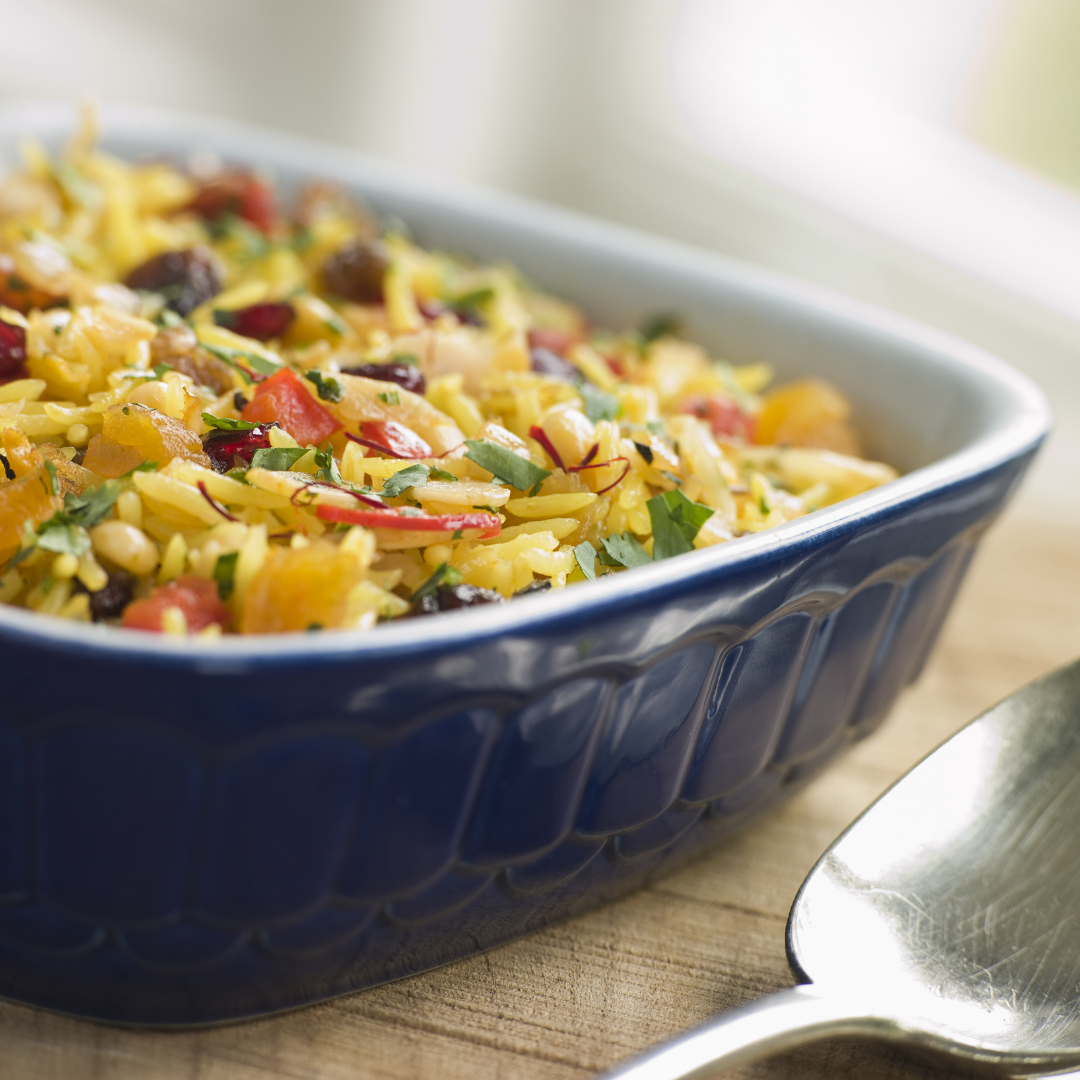Sumptuous, Sought After Saffron
I was so excited to see my Crocus bloom this past week. I received the croms (think bulb) from my Son and his girlfriend for my birthday. They gave me a variety of bulbs in a purple theme. There were multiple varieties of Allium and Crocus. So cool! As I looked through the spring blooming crocus, I smiled, knowing they will be welcome signs of spring when the snow starts to melt after our long winter. However, there was one package of <gasp> fall blooming Crocus! Wait, fall blooming crocus? Yes! It’s the variety of crocus that produces Saffron. Yay!
I eagerly planted them a couple weeks after my Birthday, and patiently waited. I thought for sure they wouldn’t bloom because we had 5” of snow in October. Luckily the snow melted about a week later and it warmed up into the 60’s. What a delight to have Saffron to harvest!
Many people don’t know that Saffron comes from the Crocus flower. It is actually the stigma. Each bloom has three stigmas. The version of crocus that produces saffron is not your common early blooming crocus that you see in the spring, poking up their brightly colored faces through light snow. The Crocus that produces this highly sought-after spice is a fall blooming variety Crocus Sativus. Note: this variety is different than Colchicum Autumnale, another fall-blooming crocus, commonly called meadow saffron, which is highly poisonous. I’ll cover this a little later.
Saffron is used as a seasoning, fragrance, dye, and medicine. It is high in antioxidants and is a key element in Ayurvedic medicine. For centuries, many cultures have treasured this amazing spice for its medicinal properties. Saffron “has been linked to health benefits, such as improved mood, libido, and sexual function, as well as reduced PMS symptoms and enhanced weight loss” according to Healthline. No wonder Cleopatra bathed in saffron-infused milk before seeing a suitor!
How is it used in cooking? The most well knows is in India. Saffron is a key ingredient in many dishes. You may have seen its bright crimson orange bits dappled in rice. True Arabic coffee has both saffron and cardamom in Saudi Arabia. Italian’s use saffron as an essential ingredient Risotto. Saffron bread is a tradition on St. Lucile Day in Sweden. In Spain, one of my favorite dishes, Paella, has Saffron as a key ingredient.
You might be thinking, if Saffron has so many great benefits and is a fantastic spice to flavor dishes, why haven’t I tried it, or why isn’t it more common in household herb collections? Well, it all comes down to price. Saffron is probably the most expensive spice in the world. One pound can cost anywhere from $500-$5000! If you thought Vanilla was expensive, think again. Saffron takes the cake when it comes to cost. At one point, it was even used as currency.
Why is Saffron so expensive? It’s all about the harvest. Remember how I said, each flower only has 3 stigmas? This makes the yield extremely low. It takes approximately 170,000 flowers to produce just one pound of Saffron. It’s hard to believe, but one acre of saffron produces only about 4 pounds of saffron. It also requires a ton of labor to harvest because it all has to be hand-picked. Bloom time is 6-8 weeks after planting.
Good news though! You can plant and harvest your own Saffron producing Crocus. They are hardy in zones 4-9 and are planted in September or October. They need full sun and well-draining soil. If they stay wet, they will rot, so don’t plant in areas where you typically see puddles after a good rain. Plant each corm 3” apart and 2-3” deep, pointy end up and hairy side down.
Remember, there are different fall blooming “crocus”, so if you’re going to plant some to harvest the Saffron, you’ll need to ensure you have the right variety. Autumn Crocus, or Colchicums are not true Crocus. They are from the Lily family and are completely toxic if ingested. I’m talking everything from gastrointestinal war to kidney, liver failure, or death. Yikes! This is one of the reasons you would only want to harvest from blooms you planted yourself. They do look different but if you don’t look closely, they could be mistaken. The poisonous variety has 6 stamens, while the saffron Crocus has 3. The poisonous version also does not have the three long red stigmas that Crocus Sativus has. If you want to grow your own, be sure to check that you have the correct variety when planting and don’t plant edible with non-edible versions.
You’ll want to harvest the stigmas mid-morning on a sunny day when the flowers have fully opened and are fresh, not wilted. Just pluck the stigmas carefully from the flowers with tweezers or your fingers. Before storing, dry them in a warm place to preserve them. Wrap in parchment paper and store in a closed container.
There you have it. Easy Peasy Lemon Squeezy! Now you can grow your own Saffron.
Until next time…
Dream Big, Plant Love, and Grow Where You’re Planted
XOXO - Laurie





